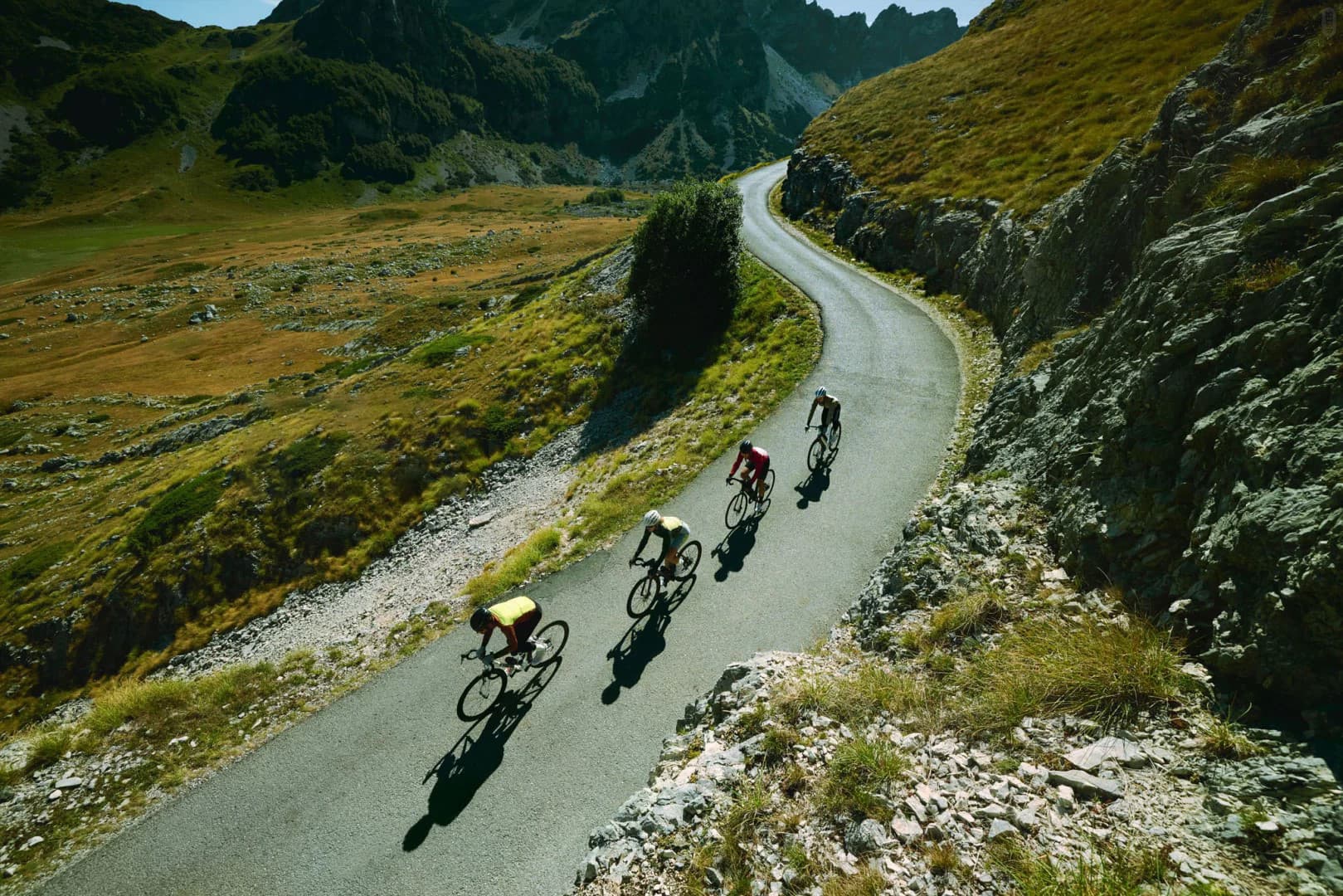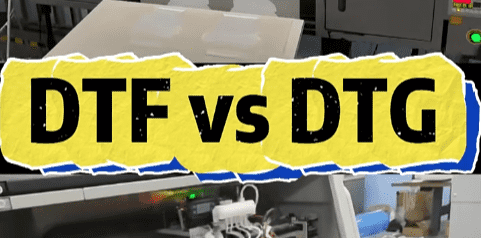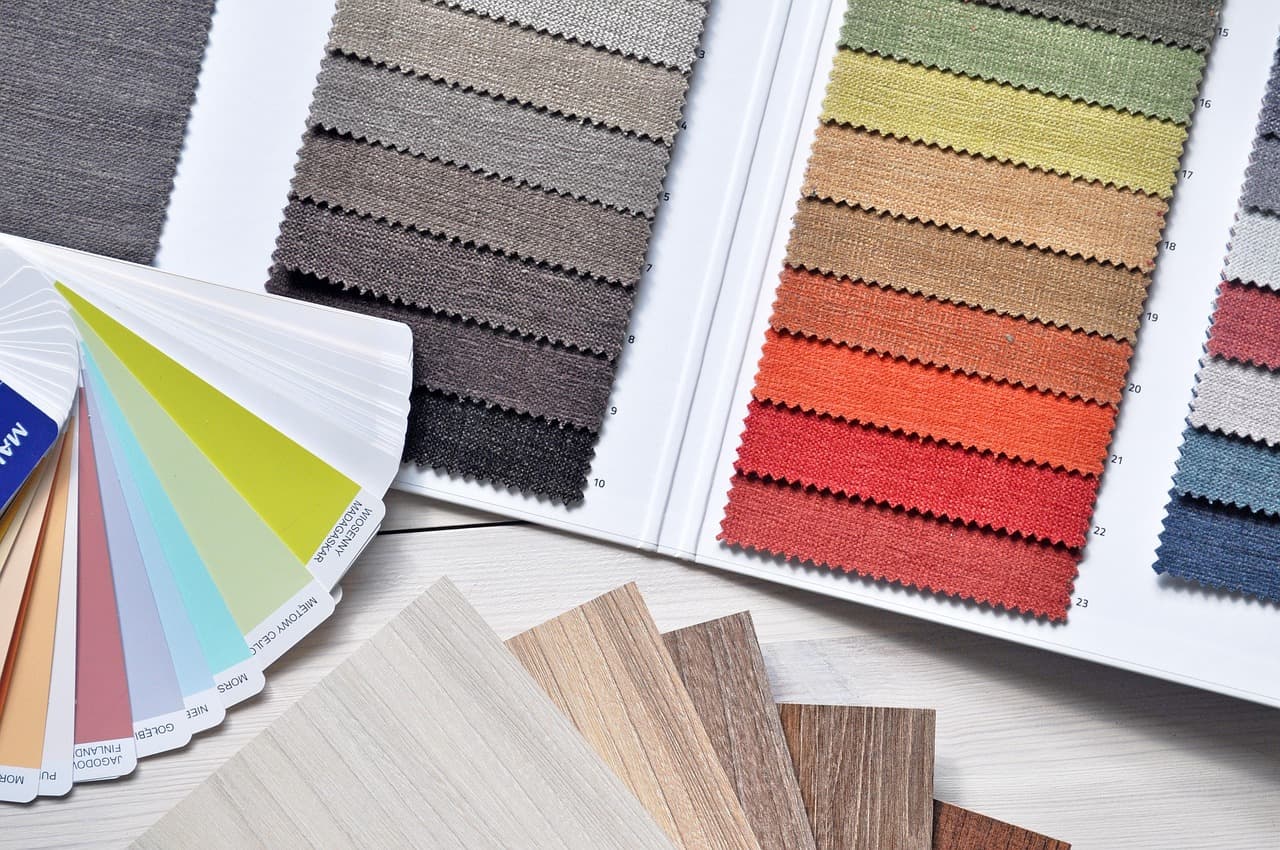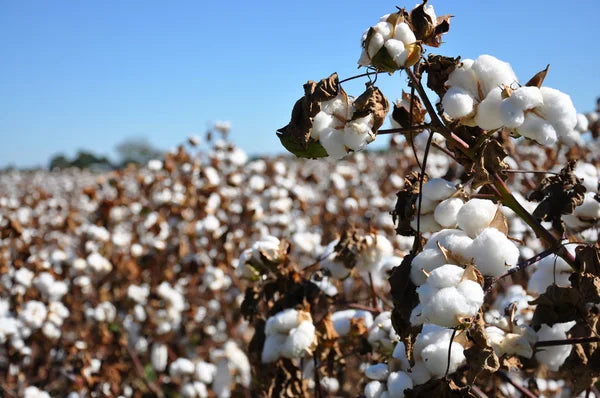Seamless Apparel in 2025: Popular Categories & Technical Innovations
The U.S. outdoor sports market in 2024 has surpassed $450 billion, accounting for nearly 38% of the global market share, with an annual growth rate of 5.2%. Camping, hiking, and cycling dominate the market (contributing 60% of total spending), with camping equipment sales surging 18%, driven by lightweight and multi-functional products that fuel demand for premium customized services. Accelerated technological advancements—including sustainable and functional materials achieving a penetration rate of over 40%, and brand digital services reaching a coverage rate of 65%—have positioned smart gear and omnichannel experiences as the core of differentiated competition.
As outdoor activities gain popularity, outdoor apparel technologies face increasingly specialized demands. Today, we examine the garment poised to dominate the 2025 market: seamless tape-bonded apparel.This article is divided into two main sections. First, we clarify the concept of seamless tape bonding. Second, we classify seamless tape-bonded garments across three dimensions: seamless production techniques, seamless area coverage, and application scenarios.

What Is Seamless Bonded Apparel?
Seamless apparel refers to garments constructed without traditional stitching. Instead, cutting-edge techniques like knit-to-shape weaving,thermal-bonded sealing, or ultrasonic welding replace needle-and-thread assembly. This eliminates bulky seams, reduces friction, and enhances durability—ideal for performance-driven and athleisure wear. By 2025, advancements in material science and automation will make seamless designs a staple in both sportswear and everyday fashion.

Seamless Apparel Classification by Production Technology
1. Thermal-Bonded Seamless Apparel
How it works: Heat-activated adhesive strips bond fabric layers.
Key features:
- Ultra-flat seams for friction-free comfort.
- Waterproof and windproof properties (e.g., high-end waterproof jackets).
- Ideal for outerwear requiring durability and weather resistance.

2. Ultrasonic Seamless Apparel
How it works: High-frequency sound waves melt synthetic fibers to fuse seams.
Key features:
- No thread or glue used—100% mechanical bonding.
- Ultra-lightweight and breathable (e.g., running tops, swimwear).
- Resistant to fraying and stretching.

3. Knit-to-Shape Seamless Apparel
How it works: Made via circular knitting machines, creating garments in one piece.
Key features:
- Zero side seams for exceptional mobility.
- Customizable weave patterns and compression zones (e.g., yoga leggings).
- Reduced material waste during production.

4. Hybrid Seamless Apparel
How it works: Combines thermal bonding, ultrasonic welding, and knit-to-shape techniques.
Key features:
- Optimized for complex designs (e.g., ventilated panels in cycling jerseys).
- Balances flexibility and structural integrity.

Seamless Apparel Classification by Seamless Coverage
1. Fully Seamless (95–100% seamless)
Examples: Compression sportswear, tech-enabled base layers.
Features:
- Eliminates all chafing points, perfect for long-distance athletes.
- Requires precision engineering to maintain shape without seams.

2. Semi-Seamless (40–60% seamless)
Examples: Casual hoodies, hybrid workout tops.
Features:
- Strategically seamless areas (e.g., underarms, shoulders) for mobility.
- Combines affordability and performance.

3. Partially Seamless (5–20% seamless)
Examples: Denim jeans with bonded pockets, tailored blazers.
Features:
- Targeted seamless zones reduce irritation (e.g., waistbands, collar linings).
- Blends traditional craftsmanship with modern comfort.

Seamless Apparel Classification by Use Case
1. Seamless Running Apparel
Innovations:
- Circular-knit compression zones boost blood flow and reduce muscle fatigue.
- Aerodynamic bonding eliminates drag-inducing seams.
2025 Trend: Smart textiles with embedded sensors for real-time biomechanical feedback.

2. Seamless Cycling Apparel
Innovations:
- 3D-molded chamois pads fused without stitching for saddle comfort.
- Moisture-wicking thermal seams in high-sweat areas.
2025 Trend: Recyclable bio-based adhesives for eco-friendly production.

3. Seamless Outdoor Apparel
Innovations:
- Weatherproof welded seams on waterproof jackets and hiking pants.
- Reinforced thermal-bonded knees/elbows for abrasion resistance.
2025 Trend: Self-healing adhesive tech for field repairs.

4. Seamless Yoga Apparel
Innovations:
- Four-way stretch knitting allows unrestricted poses.
- Laser-cut edges for a raw, seamless aesthetic.
2025 Trend: Antibacterial bonded fabrics with natural mineral coatings.

5. Technical Seamless Apparel
Innovations:
- Fire-resistant ultrasonic seams for tactical gear.
- embedded invisibly into fabric.
2025 Trend: Phase-change materials (PCM) fused into seams for adaptive temperature control.
Why Seamless Apparel Will Dominate 2025
Sustainability: Reduced fabric waste and energy use compared to stitched garments.
Performance: Enhanced durability and movement for athletes and outdoor enthusiasts.
Aesthetics: Clean, minimalist designs align with modern fashion trends.
Tags:







Leave a comment
Your email address will not be published.